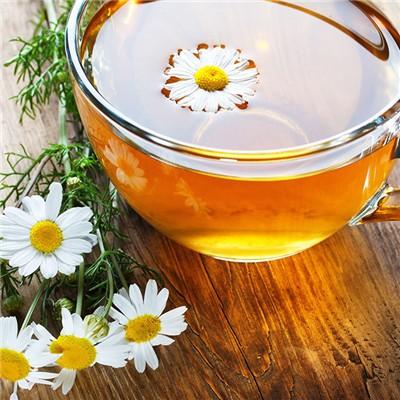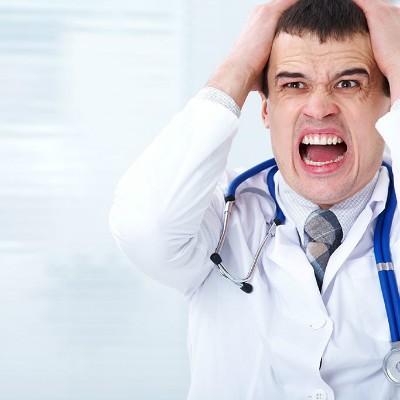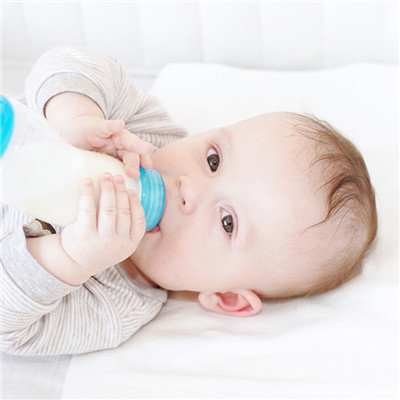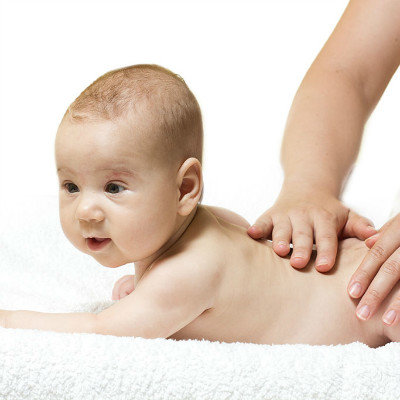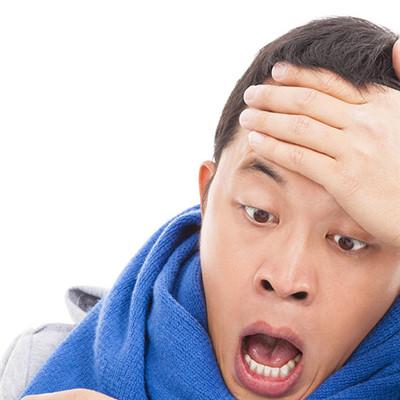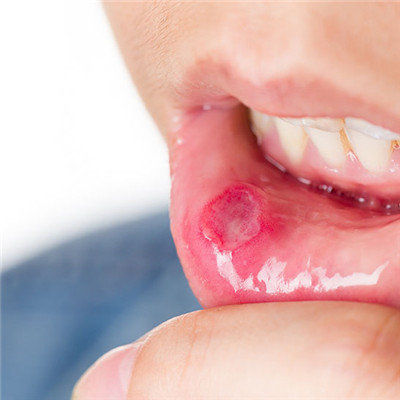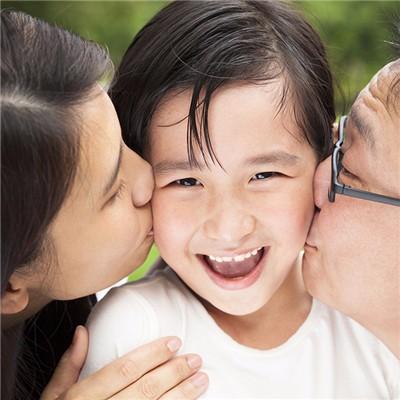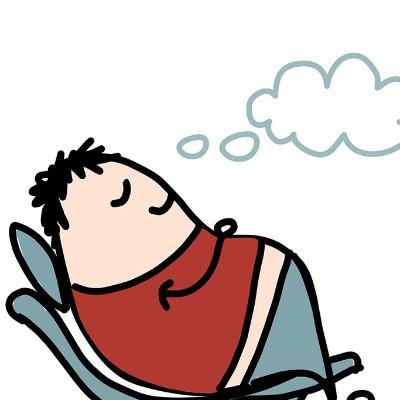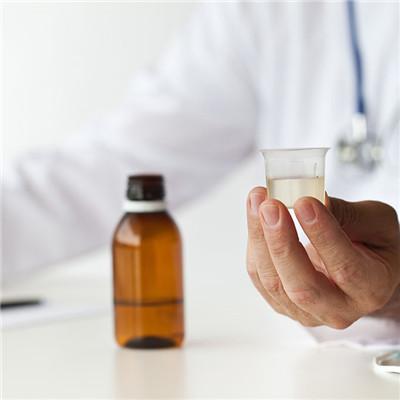Symptoms of chronic bronchitis in children
summary
Children with chronic cough often have some potential diseases, the more common are congenital or secondary immune function defects, ciliary dyskinesia, airway malformations, asthma, bronchiectasis, chronic sinusitis, proliferative body inflammation, postnasal drip or severe pneumonia (severe bronchiolitis, adenovirus pneumonia, measles pneumonia and Mycoplasma pneumoniae infection). Most of the pathogens were viruses and bacteria. It can also be caused by long-term inhalation of toxic smoke and dust, which weakens the defense function of respiratory tract. Let's look at the symptoms of chronic bronchitis in children
Symptoms of chronic bronchitis in children
Cough: in the early morning, cough is more severe, light in the daytime, and obvious at night in the late stage. Before going to bed, cough attack often occurs, accompanied by expectoration. This is due to bronchial mucosa congestion, edema, secretion accumulation in the bronchial lumen. With the development of the disease, cough does not heal all year round.

Shortness of breath and wheezing: it is not obvious at the beginning of the course of disease. When the course of disease progresses with obstructive emphysema, shortness of breath gradually appears in different degrees, especially after activity. Patients with chronic bronchitis complicated with asthma or so-called asthmatic chronic bronchitis, especially in acute attack, often have symptoms of wheezing and wheezing.
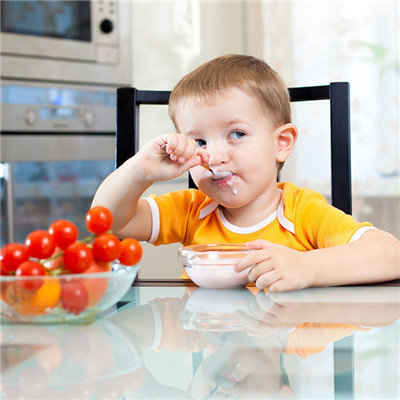
Expectoration: the sputum is usually white mucinous or serous foam, even with blood. This is mainly due to the slow cough reflex during sleep at night, accumulation of sputum in the airway cavity, and stimulation of expectoration after getting up in the morning due to postural changes. When the acute attack is accompanied by bacterial infection, the amount of sputum increases, and the sputum becomes viscous or purulent.
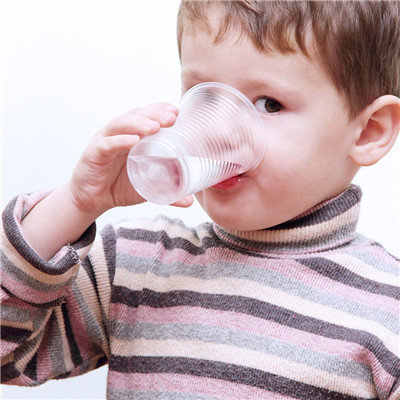
matters needing attention
Children should reduce activities and enhance rest time. Keep the indoor air fresh and ventilate properly, but avoid convective wind to prevent the sick child from getting cold again. Encourage children to drink more water, give easy to digest, nutritious diet, and eat liquid or semi liquid diet during fever. If the heat is not high, no special treatment is needed. In case of high fever, physical cooling or drug cooling measures should be taken to prevent convulsion. Encourage children to cough effectively, increase indoor humidity, humidify the air and dilute secretions. For children with cough and weakness, they should often change their position and gently pat their back, so that the sputum can be easily discharged and the respiratory tract can be kept unobstructed.
